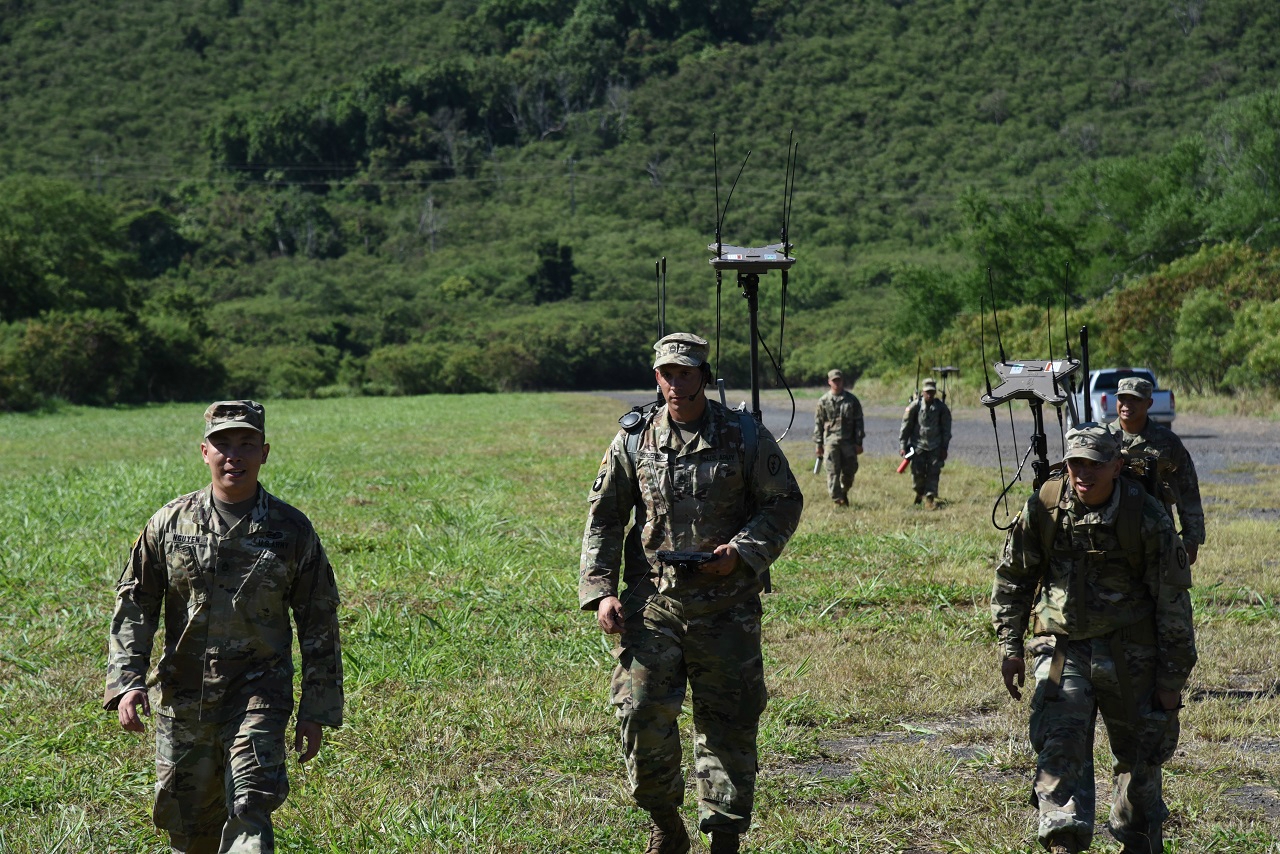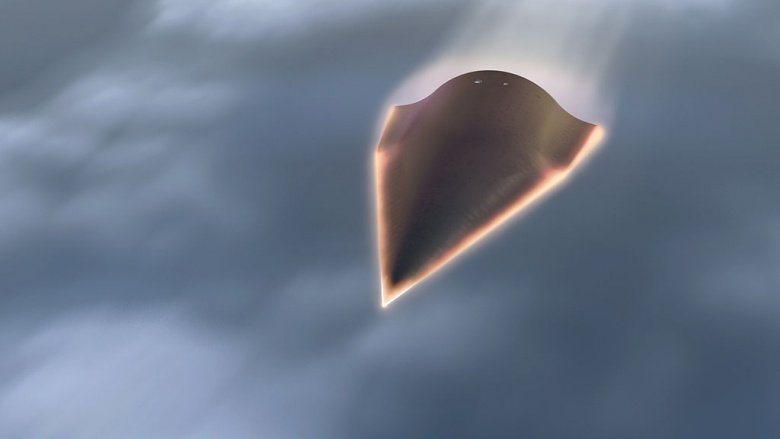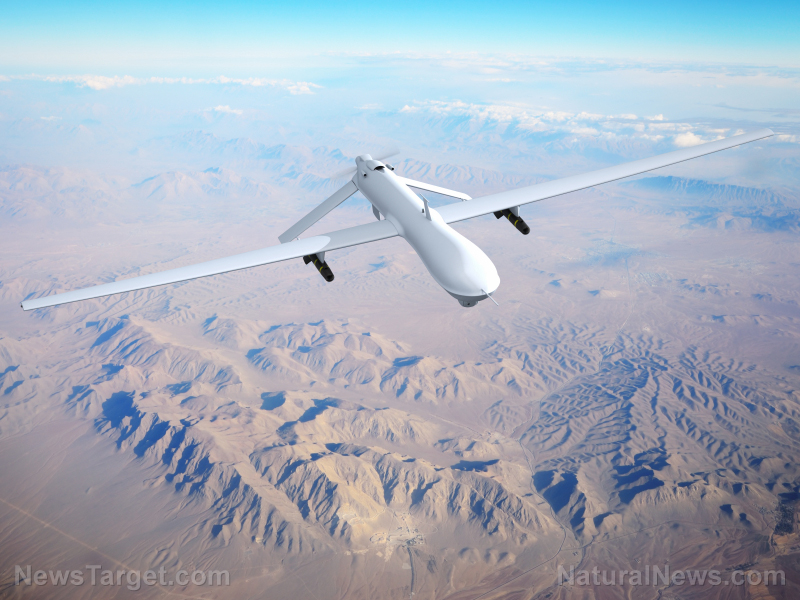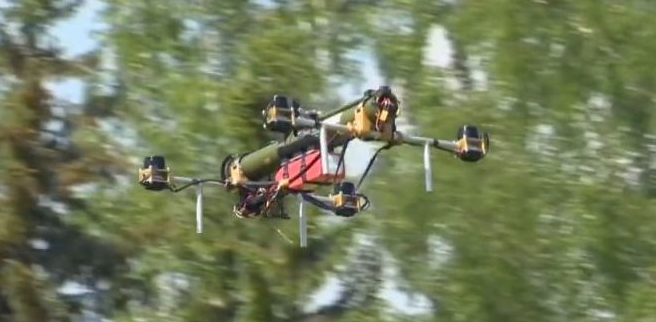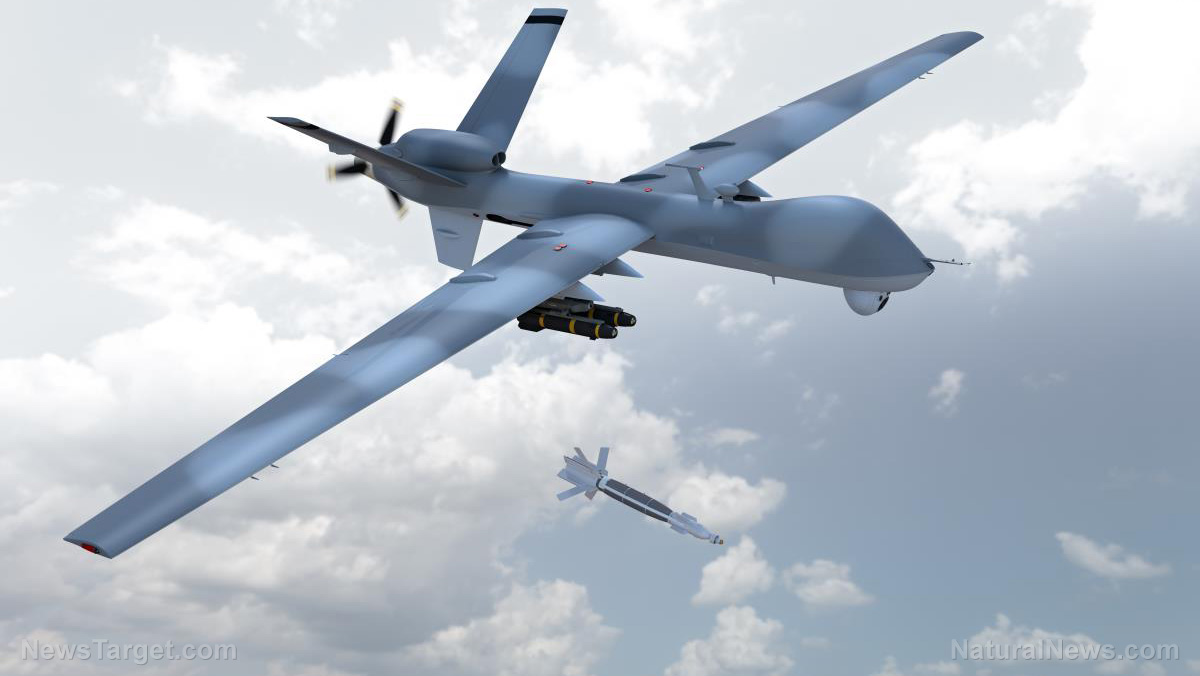For hundreds of years the nature of warfare had not changed because the weapons of war remained relatively the same.
Smoothbore firearms and cannon did not significantly alter battlefield tactics until the American Civil War, when rifling was added to smoothbore weapons. From that period, warfare and weapons technology underwent substantial changes and improvements every generation, making them far more accurate, lethal, and with much longer ranges.
Today, however, technology in the form of electronics and cyber systems is the primary driver of military tactics, and will unquestionably be employed by all parties in the next great power conflict. That’s why the U.S. Army is bolstering its own capabilities in the fields of electronic and cyber warfare.
As reported by Fifth Domain, over the next decade the Army will prepare units to incorporate both kinds of warfare as it prepares to face down Russia and/or China, both of which are revisionist powers who are developing similar capabilities of their own.
Secretary of the Army Mark Esper noted that soldiers with the 1st Calvary Division based at Fort Hood, Texas, are already training for such “high intensity” conflicts based on similar operations conducted by Russian forces operating in and near eastern Ukraine.
During a recent visit to a 1st Calvary training site, Esper noted that troops “were dealing with drones, they were dealing with intermittent communications, they were dealing with cyber attacks, and that really gave me a good feel that we were on the right path.”
Electronic warfare often involves jamming radio and satellite signals, which not only impedes communications but can also disrupt satellite-fed targeting data streams, making it difficult to launch precision strikes against enemy targets. Cyber attacks, of course, are also used to disrupt communications and targeting systems both on the ground and in the air.
Esper noted that in the future, battles will take place much more swiftly and involve constant surveillance as well as subject all weapons systems to disruptions and even destruction. It will be a fight that will involve threats from a range of domains, said Esper, including “air, land, sea, space, cyberspace.”
“Eye-watering”
The new and developing electronic warfare (EW) and cyber war tactics are evolving, and the service is working on the development of “automatic systems, artificial intelligence, and robotics” in order to bolster effectiveness, lethality, and options for battlefield commanders – all while making units less dependent on logistics columns. (Related: AI is the new weapon of choice in the global arms race: Advanced technology using “intelligent software” could lead to an automated Cold War)
The Army has asked Congress for $429.4 million for research and development of EW and cyber war systems development through fiscal year 2023, Fifth Domain noted, adding:
The Army is already attempting to infuse cyber and electronic warfare into brigades. Each unit now includes a cyber and electromagnetic activity planner to bolster digital fighting options for commandeers. Military officials have previously told Fifth Domain that some units are training for counter-drone capability.
ISIS and other rebel forces have used crude explosive devices fitted to drones with moderate success in Syria and Iraq, reports have noted.
As for EW systems, Russia is “winning” that development battle, according to experts. Foreign Policy reported in October 2015 that Russian forces were using EW to successfully block communications and jam signals set by drones in both Syria and the Ukraine.
Lt. Gen. Ben Hodges, then-commander of U.S. Army units in Europe, described Russia’s EW capabilities at the time as “eye-watering.” And Ronald Pontius, deputy to Army Cyber Command’s chief, Lt. Gen. Edward Cardon, told conference attendees that month that “you can’t but come to the conclusion that we’re not making progress at the pace the threat demands.”
Progress is being made now, though it’s certain the U.S. – after more than 15 years fighting low-intensity wars in Iraq and Afghanistan – is playing catch-up to Russia in these domains.
Read more about cyber war and electronic warfare at Cyberwar.news.
J.D. Heyes is also editor-in-chief of The National Sentinel.
Sources include:
ForeignPolicy.com
FifthDomain.com

